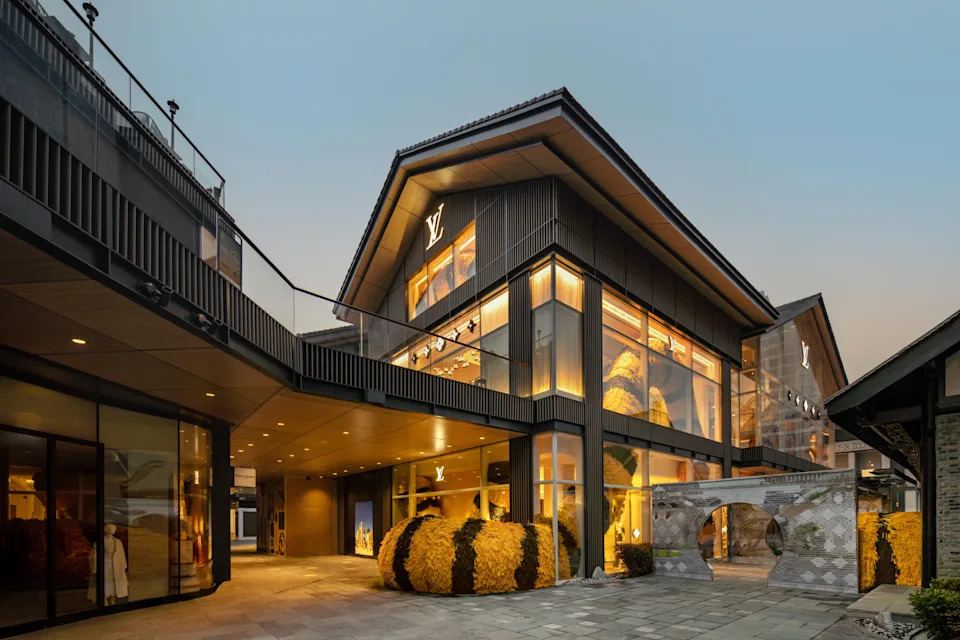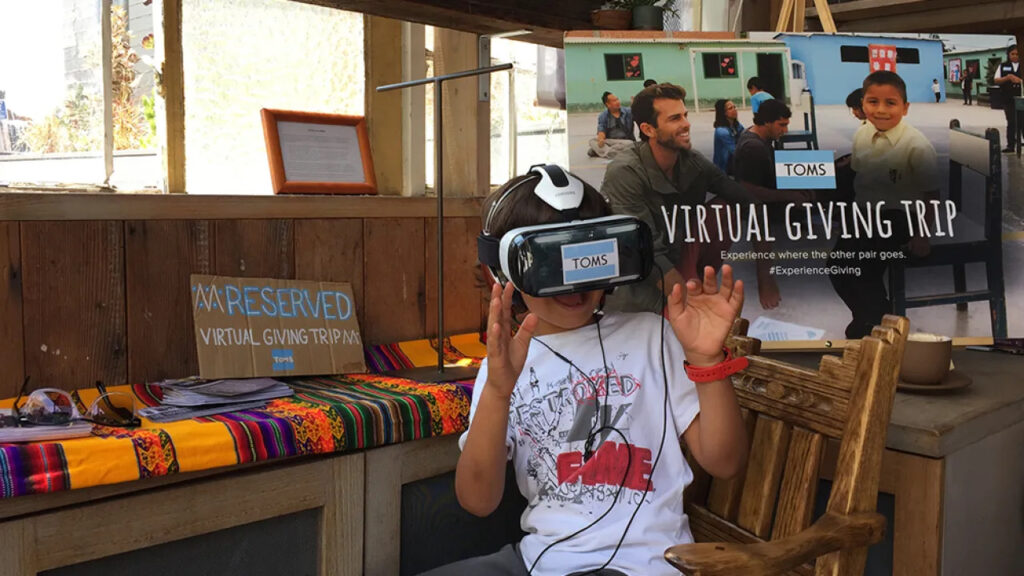trends, retail experiences, innovation, insights
How immersive in-store experiences are going viral.
Viral – the holy grail for retailers and marketers alike. When your efforts are so shareable, they are dispersed by consumers in the digital world, hopefully taking your return on investment into the stratosphere, and making your retail store/brand top of consumers’ minds for a long time to come.
It’s said that the new generation is losing interest with in-person retail, although in the last few years cultural and technological shifts, such as influencer marketing and augmented and virtual reality, have seen more shopping experiences become ‘destinations’ as people seek out what others have enjoyed. If life in a post-pandemic world feels a little heavy, some levity and fun is seen as the ultimate remedy, and fully immersive retail experiences are retailers’ answer to that.
This ‘pull’ strategy looks to create active engagement and more importantly interaction with the shop, be that through interactive displays, augmented reality, or heavily curated shop content that inspires and excites, there are opportunities aplenty.
We are often told that one can never aim to make marketing viral, but there are a certain set of factors that come together to make planning for viral a possibility. In this article, we’ll look at examples of retail from around the world that illustrate the different pathways to achieving viral status.
A picture tells a thousand words
You only have to visit the Tate Modern in London and attempt to buy tickets for the Yoyoi Kusama exhibition (sold out months ahead of time) to understand the power of shareable visual spectacles. This is exactly what the opening of the third Chengdu Louis Vuitton Maison in mainland China was counting on.
The vast 10,700 square feet space houses a full range of Louis Vuitton products, but as a mark of respect, it is also filled with artwork and furniture by Chinese artists and designers. Not least of which was the giant tiger tail installation in celebration of the Chinese new year, which blew up on Chinese social media. Furthermore, by creating an in-store fashion experience that also celebrates other forms of art and culture, Louis Vuitton benefits from the enthusiasm around other artists through multiple touchpoints, and industries.

Carefully curated inventory creates curiosity
Sezane L’Apartment was designed to form an intimate welcoming space that felt like a home. The original Parisian flagship store has a cinema, library, and a café. So, when Sezane opened their flagship US store in New York in 2017, with their same curated collections, a café serving complimentary drinks, bakery goods, and a florist workshop, they offered customers a shoppable ‘apartment’ experience they wanted to share.
With a desire for a chic French lifestyle, New Yorkers were hungry to get a taste of sophisticated Paris, and Influencers like Joanna Goddard from Cup of Jo fame, and Julie Sarinana, Sincerely Jules jumped in and added to the digital buzz using the hashtag #bonjournewyork, as per the eye-catching mosaic entrance greeting. A hashtag which is still used today when people visit the store.

Make their reality virtual
Nestled in hundreds of TOMS stores worldwide, you’ll see customers drinking TOMS coffee and wearing a VR headset, as they explore Peru, in the “Virtual Giving Trip”.
It’s long been a key ethos of TOMS to give back, donating £1 of every £3 they make, and donating one pair of shoes for each pair bought. So, when TOMS partnered with Samsung to deliver the award-winning 360-degree video experience, customers were transported to Peru. There they experience the impact TOMS has on these communities as TOMS teams deliver shoes to schools. Described by TOMS founder Blake Mycoskie as “the greatest technology to create empathy” – The Virtual Giving Trip not only explains the OneForOne ethos when you’re buying shoes, but it also deeply feels that you have given shoes to children in need, making the campaign a success as it immediately connected, making the experience simultaneously shareable and worthy.

Online-offline
Digitally native brands are increasingly opening physical stores, one great example whilst not strictly viral in its categorisation, is the Beauty Pie pop-up in London this summer. This pop-up created an immersive environment for consumers to engage with the brand, its’ products, the labs that create their high-end products, and discover how it operates.
Already disruptive in their nature, this brand seeks to cut out the middleman and offer customers premium beauty products at factory prices. By creating a short-lived (just 11 days) pop-up store right in the heart of London, they created a buzz and excitement playing on the notion of scarcity, that had Beauty Pie on the lips of many long after the pop-up had closed.

What we know
The takeaway from these viral experiences is that creating conversation, excitement and a shareable customer experience will place your retail store firmly on the ‘destination’ shopping map.
How this is achieved – be it through collaborations with influencers, partnerships with artists, employing technology advancements, or by employing the excitement of scarcity in pop-up form -ensuring you are part of popular culture is an absolute must. Relevance is key and maintaining a degree of delight by altering the mundane of reality will create advocacy and loyalty in the long term.
Next Steps
If you’re a retail brand or marketing exec looking to inject some immersive design into your display designs, speak to Displayplan about how we can create the perfect in-store experience for you. Contact us today.
